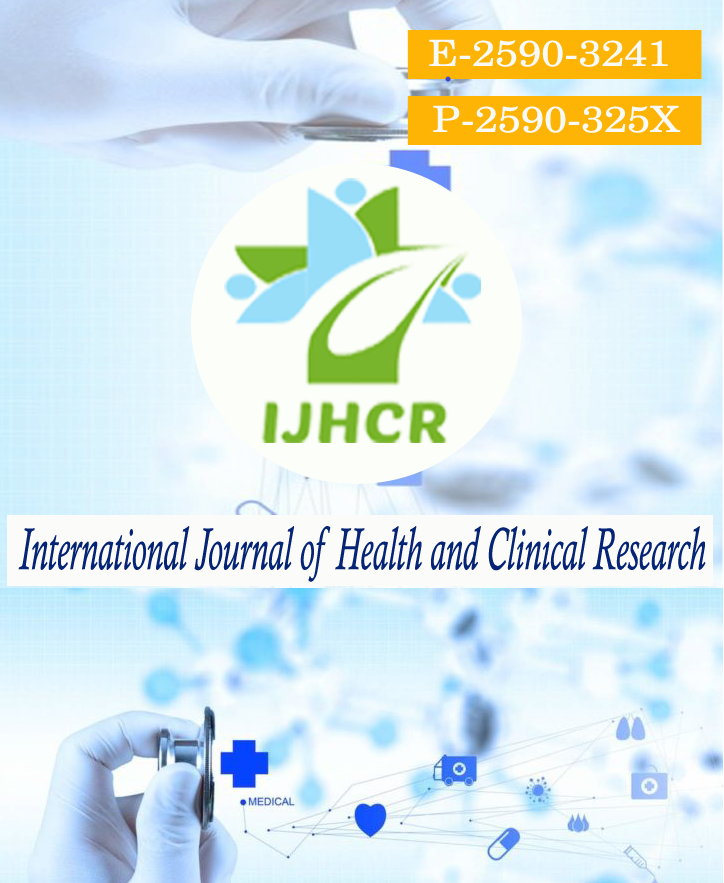Clinico-epidemiological profile of sexually transmitted infections in patients attending a tertiary health care hospital in southern Himachal Pradesh: A retrospective study
Keywords:
Sexually transmitted infections, Retrospective, Gonococcal urithritis, Herpes genitalis, Vaginal dischargeAbstract
Introduction: Sexually transmitted infections (STIs) are a public health problem and are a burden to the individual, his family and community. The prevalence of STIs is very high in developing nations including India and varies widely across different regions. There is enormous need to study the pattern of STIs in various regions of country for implementation of control strategies. Aims: To estimate the prevalence and to study the clinico-epidemiological profile and trends of sexually transmitted infections in patients attending the STI clinic of a tertiary care hospital in southern Himachal Pradesh. Material and methods: Records of patients attending the STI clinic during last two years i e from January 2019 to December 2020 was retrieved and analysed retrospectively. Results: Vulvovaginal candidiasis was the most common (non viral) STI seen in 624(39.3%) patients. While genital warts (8.7%), molluscum contagiosum (8.2%) and herpes genitalis (7.2%) were the common viral STIs. Bacterial STIs like gonococcal urithritis(7.9%), chancroid (6.6%), bacterial vaginosis (6.3%), non gonococcal urithritis (3.9%), lymphogranuloma venereum (LGV) (3.6%) and non gonococcal cervicitis (3%) were not uncommon. Rapid plasma regain test (RPR) was found to be reactive in 24(1.5%) patients, out of which, 14(0.9%) were males and 10(0.6%) were females. HIV seropositivity was seen in 2(0.2%) patients and both of them were males. Conclusion: Fungal STI was more common as compared to viral STIs. Trend for viral STIs is increasing and that for bacterial STIs is declining among STI clinic attendees, which is consistent with other studies from different regions.
Downloads
Published
How to Cite
Issue
Section
License
Copyright (c) 2022 Meena Chauhan, Renu Rattan, Ghanshyam Kumar Verma

This work is licensed under a Creative Commons Attribution 4.0 International License.






 All articles published in International Journal of Health and Clinical Research are licensed under a
All articles published in International Journal of Health and Clinical Research are licensed under a 